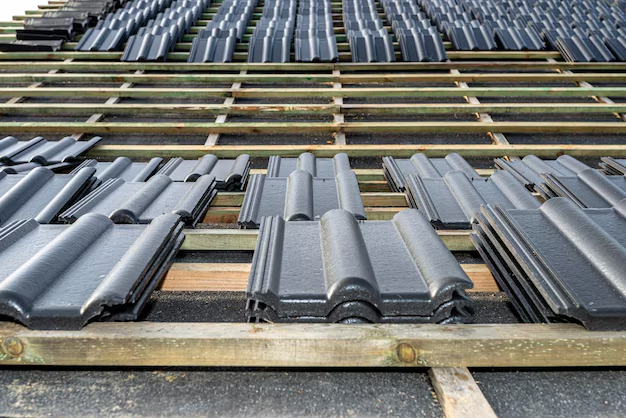How Affordable Is Replacing Your Roof? Here’s What You Need to Know
Facing the prospect of a roof replacement can be daunting, not just due to the physical task but also because of the potential hit to your wallet. While the average cost of replacing a roof can range significantly, understanding the factors that influence price will empower you to make informed decisions.
Key Factors Impacting Roof Replacement Costs
1. Size and Complexity
The larger your roof, the more you can expect to pay. Costs typically range from $3.50 to $5.50 per square foot, but if your roof has unique architectural features or requires additional labor, expenses can increase. Complex roofs take longer to replace, raising labor costs.
**2. Material Choices
Choosing the right materials is essential. Asphalt shingles, the most common and cost-effective material, average between $100 and $150 per square (100 square feet). However, if you opt for slate, metal, or tile roofs, expect costs to soar—up to $1,000 per square for premium materials.
**3. Labor and Installation
Labor costs can constitute about 40%–50% of the overall budget. Hiring skilled professionals for your roof replacement is critical for quality assurance, but be prepared for the region-specific variances in hourly labor rates and availability.
4. Removal Expenses
Don’t overlook the potential cost of removing the old roofing materials, which can add $1 to $5 per square foot, depending on your existing roof's condition and material.
Financial Options and Assistance
Having a game plan to fund your roof replacement is crucial. Luckily, there are several potential options to help ease the financial burden.
Government Aid and Rebates
Homeowners may qualify for government grants or low-interest loans to make home improvements, including roof replacements, especially if energy-efficient materials are used. Check local programs for eligibility and incentives.
Home Equity Loans
These loans provide access to funds by borrowing against the equity in your home. Residential roofing projects are common for home equity loans, offering an option with often lower interest rates compared to personal loans or credit cards.
Personal Loans and Credit Solutions
Some homeowners turn to personal loans or utilize credit cards to finance roofing costs. While these should be considered carefully due to potential higher interest rates, they can be suitable for those without home equity or seeking fast funding.
Insurance Considerations
Don’t forget to review your homeowner’s insurance policy, as it might cover roof damage from natural events. However, wear and tear generally isn't covered, so know your policy specifics.
Exploring More Financial Avenues
To further support sustainable payment options for your roof replacement, consider these financial and educational resources:
- 🏠 Federal Grants for Energy Efficiency: Check for eligibility in programs promoting renewable energy.
- 🔨 Local Utility Rebates: Some utility companies offer rebates for energy-saving home improvements.
- 💳 Low-Interest Credit Cards: Seek special offers or zero-interest periods that can reduce the overall cost.
- 📚 Educational Workshops: Free or low-cost workshops can provide insights into navigating home improvement loans efficiently.
Navigating the complexities of roof replacement doesn't have to be overwhelming. With the right approach, informed decisions, and financial planning, you can tackle this critical project with confidence. Always remember to research thoroughly, consider all aid possibilities, and partner with trusted professionals to ensure that your roof—and your finances—remain sound.
